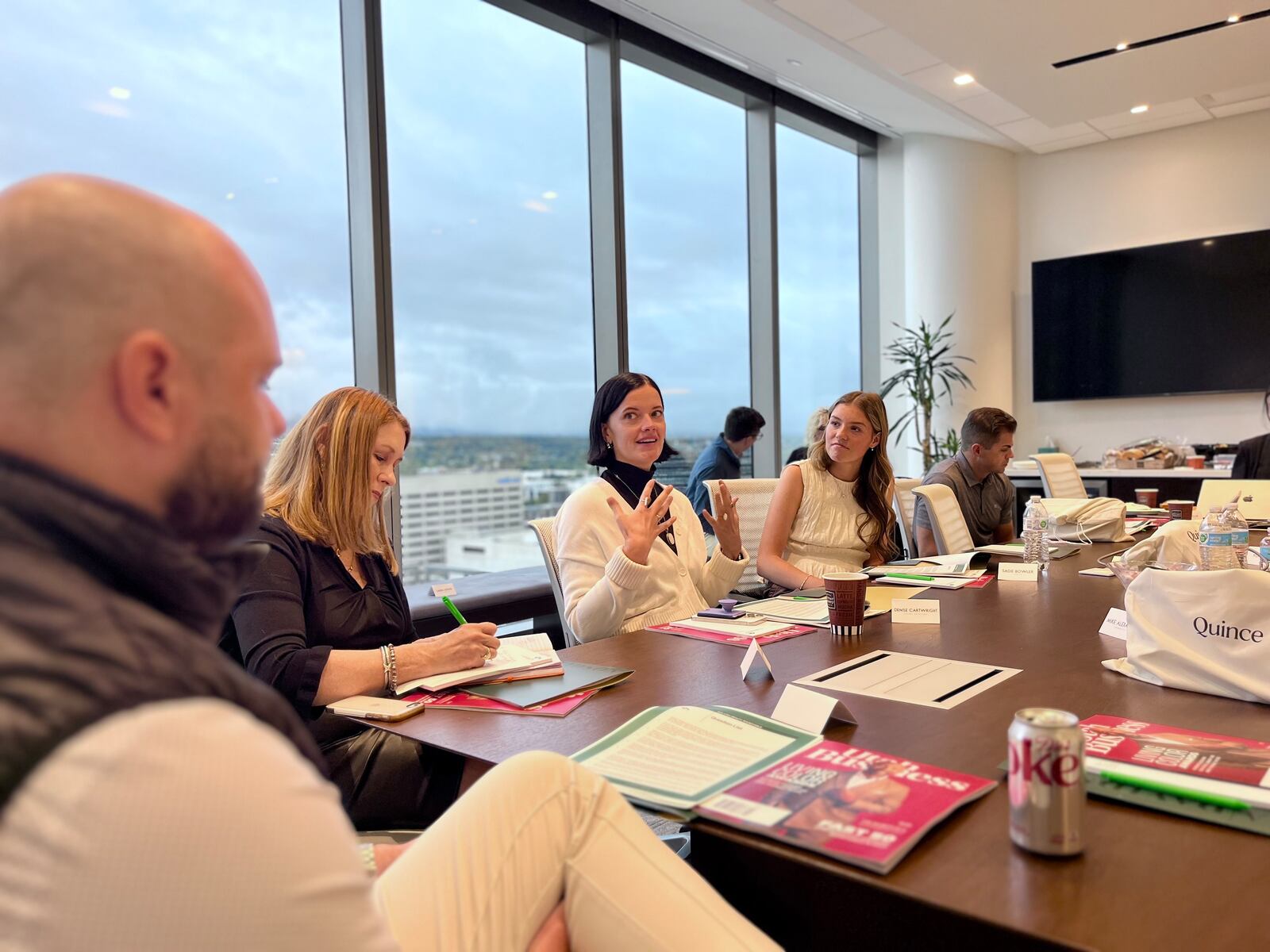Last month, Utah Business partnered with D.A. Davidson Capital Markets to host a roundtable featuring Utah’s beauty industry leaders. This conversation was moderated by David Lawless, VP of consumer investment banking at D.A. Davidson.
Every year, there’s a hero product or category that outperforms everything else. In 2023, it was fragrance. In 2024, we’ve seen a surge in the lip category. What are your thoughts on 2025?
Sadie Bowler | Co-Founder & CEO | SadieB Personal Care
We are already seeing body care as skin care becoming popular. We just did a bunch of market research and focus groups, and it’s evident that girls have a very deep, emotional connection with their personal care routine and the shower experience. … Gen Z girls spend an average of 21 minutes in the shower — the most of any generation — and I think that as they continue to get more capital, grow older and have a bigger spend, they’ll spend on body care as skin care.
Denise Cartwright | Founder & CEO | CRUDE
I’ve been creating microbiome-friendly skin care for over a decade now. We had to do so much education when we first started about what the microbiome is, but now I feel like it’s everywhere — everyone’s talking about not disrupting your flora. Skin care has gotten really advanced over the last few years, but despite that, rates of inflammatory skin conditions like acne and eczema are higher than ever; they continue to grow with every passing decade. Science is starting to support this idea that, in order to keep your skin and its ecosystems balanced and healthy, you have to consider the skin’s natural moisture barrier — its microbiome — that your skin naturally produces. A lot of our really aggressive skin care products actually disrupt and inflame those natural processes. I think we’re going to see more and more people talking about the skin microbiome and prioritizing it in their personal care products.
Jenna White | Founder & Owner | Empire Body Waxing
Over the years, it’s been really interesting how people separate their faces from their bodies. They don’t even think about caring for their skin in that way. … Our grandmothers took care of their faces, and then my mom took care of her face and her décolleté. … We’re working our way down because we want this whole-body youth preservation.
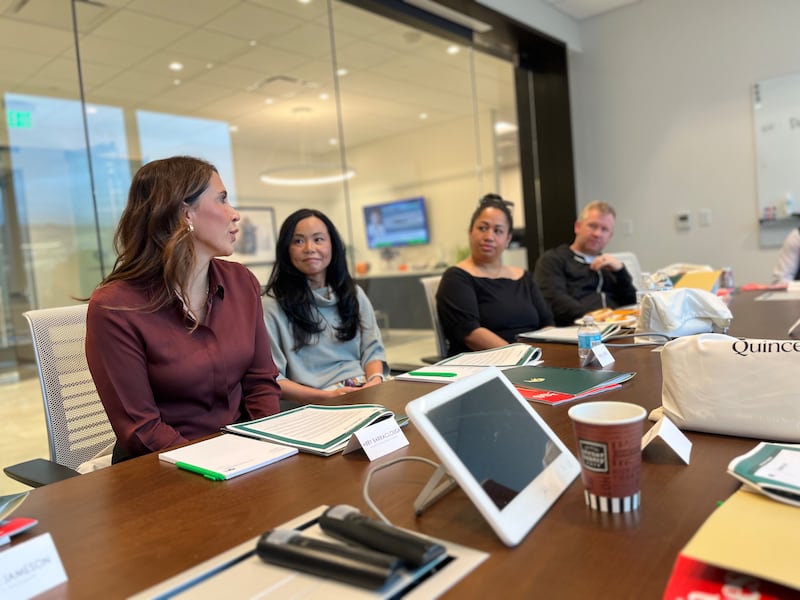
New regulations like MoCRA (Modernization of Cosmetics Regulation Act) are calling for more transparency from brands and contract manufacturers. What are some of the changes you’ve made to keep pace with the changing regulatory environment?
Abby Barraclough | General Counsel | Beauty Industry Group
We’ve had to start complying with a lot of the different state regulations. Washington is at the top of my mind, but there are several other states that have the Toxic-Free Cosmetics Act and a laundry list of chemicals that cannot be included in your product. … Even things that you might think of as jewelry, like hair clips and the accessories you put into the hair, have to comply — at least in Europe — with their REACH [Registration, Evaluation, Authorisation and Restriction of Chemicals] regulations with respect to nickel and lead. From my perspective, the industry is becoming increasingly regulated.
None of us love regulations. It’s really hard on the business, but it can also distinguish us from the competition. I think we’re all suffering a little bit from the companies that show up on Amazon and sell everything for pennies on the dollar. We don’t always know whether those companies or those sellers are following regulations. … It’s one way we can distinguish ourselves from a competitive perspective from those who are undercutting prices.
Arthur Jessop | VP, Strategy | Performance Beauty Group
We are vertically integrated with about 80 percent of our products. We do a lot of eyelash serum and hair care. … We’ve had to completely reformulate most of our portfolio [for one of our brands] because of MoCRA, and it’s been incredibly expensive and a pretty big disruption for our operations. … On the finance and the office side, it’s been a huge hurdle for us this year.
Yoko Little | VP, Global Product Marketing | Nu Skin
It’s really hard, especially for brands that are operating in a global environment because you have to comply with multiple regulations in different areas. … You almost need a global consortium. We’re actively trying to engage in a partnership with global organizations to establish more global standards and be able to be more transparent in the way we formulate and the way we test.
How are you thinking about the mix between brick-and-mortar and dot-com?
Yoko Little | VP, Global Product Marketing | Nu Skin
One trend we’re tracking closely is social commerce, which is expected to grow at a rate of 31 percent per year. … Recently, we’ve partnered closely with direct sales affiliates to try and establish a new channel of growth, which, in turn, helps to drive opportunity for the sales affiliates as well. We set pricing the right way to give affiliates the advantage to promote the brand, and we now have a viable channel where we can expand and grow.
Linda Bolton Weiser | Managing Director | D.A. Davidson
Among the bigger companies that have been pushing their online presence, about 20 percent of their sales are online. … Estée Lauder was one of the holdouts that did not want to go on Amazon in any way. The developments of the Amazon Premium Beauty platform and what they’ve done to improve it finally pushed them over. So Estée Lauder now has several of their brands [on Amazon], and they’ll probably add a few more. It’s a big change in the industry.
Arthur Jessop | VP, Strategy | Performance Beauty Group
Most of our brands are testing [TikTok Shop] and finding some success. All our growth for the last three years has basically come from Amazon. Our brick-and-mortar is all negative for the most part, linked to Amazon. We’re actually implementing a sales team to see if we can get some of that growth and that presence back, but it’s been really challenging. On Amazon, we’re premium beauty, where we have 3P [third-party sellers] and 1P [first-party sellers]. That 3P kills with their fees — they’re like 45 percent — but you have to be there.
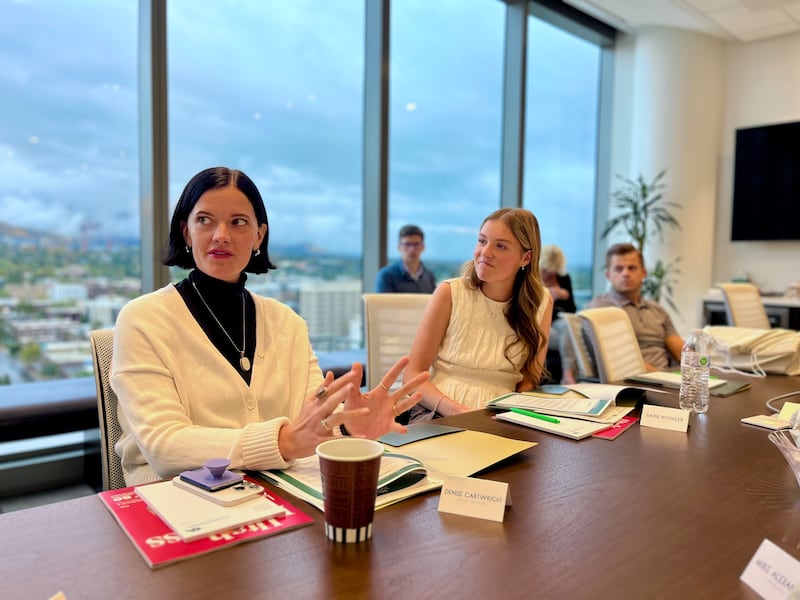
When launching a brand at a major retailer like Sephora or Target, how do you get noticed? What do retailers want most right now?
Sadie Bowler | Co-Founder & CEO | SadieB Personal Care
We launched into about 500 Target stores earlier this year with our hair care. It really came about through finding an amazing broker. … I just attended Target’s beauty summit, where they talked about their goals for next year, and they are focusing on shower care. They want to expand the shower care space and make it more of a beauty-focused category.
The launch can be very capital-intensive for a small brand. … We recently found a new company … called Hetal that gathers data for you so you can see exactly what your shelf space looks like in all your stores. It’s super affordable for a small brand, which is amazing.
Mike Alexander | CEO | Borboleta Beauty
I ran PMD Beauty for a long time with my brother. We scaled into hundreds of retailers all over the world. There was a time when we launched into several retailers a year, and we created a metric of what I call “organized thinking” because it can get emotional with different buyers. We scored each, 1-10, on brand awareness, brand credibility and profitability. … We told our teams it had to be above a 22.
It’s going to hurt just as much as it’s going to feel good. Working with retailers [creates] a million problems. You mess up EDI [electronic data interchange], you mess up packing labels, you short-ship, you over-ship. You think you’re going to get this fat check, and then it’s discounted 30-40 percent of all of your margin for charge VATS [value-added taxes] and different things. … If you are relying on this open PO [purchase order] for growth, you should stop what you are doing because it’s probably going to cannibalize the rest of the channels that are very profitable.
“I think, especially here in the U.S. market, social shopping is going to change the way the consumer learns about and buys things.”
— Mike Alexander
Linda Bolton Weiser | Managing Director | D.A. Davidson
Michel Brousset, the CEO of Waldencast — he used to be the head of L’Oréal USA — is very experienced with brand evolution. He said one of the biggest mistakes you can make is allowing your distribution to get ahead of your brand awareness. One of their brands is Milk Makeup, which is doing fabulous in Sephora. I keep asking him, “When are you going to expand into Ulta, etc.?” He’s like, “No, we’re good. We’re growing 25 percent. Let that brand awareness continue to grow instead of the other way around.”
Ulta now is openly admitting that they’re losing market share on the prestige side en masse. … Sephora and the department stores are struggling, so it makes it more competitive. Then there’s Amazon Premium Beauty, which is the fastest-growing one. … But the one thing companies continue to say all the way across the board is that, no matter what the macro is, the consumer is willing to pay for value. Value doesn’t mean price; it means you’re so happy with that product that you will pay whatever. The idea of trading up and premiumization isn’t dead just because the economies are getting tougher and growth is getting slower.
Amid changing customer dynamics, what marketing tactics have been most effective for your brand?
Sadie Bowler | Co-Founder & CEO | SadieB Personal Care
As a small brand, we’re just trying to get more brand awareness for our product out there. Gifting to micro-influencers on TikTok with about 3,000 to 6,000 followers — so really small micro-influencers, maybe even nano-influencers — we see a super high post rate. Getting these small audiences from all these different sides of TikTok is really important for our consumers, who are young girls. … We’re using and really building a relationship with those micro-influencers because some of them are going to blow up, and then they will remember you as the first brand that took a chance on them and sent them a product gift and wrote them a handwritten note.
Jenna White | Founder & Owner | Empire Body Waxing
I’m not selling products; I’m selling services. I was part-owner at another wax company before this one, and we would get these influencers in — Utah is very saturated with them — who had like 50,000-100,000 followers. They would post, and no one would come in because the majority of their followers weren’t in Utah.
[Utilizing micro-influencers] has been the best thing for me. The majority of my clients come from social media. I don’t run ads, but they’ll be like, “Oh, I saw you did so-and-so’s brows.” … Micro-influencers are talking to people who are in the same neighborhood as them.
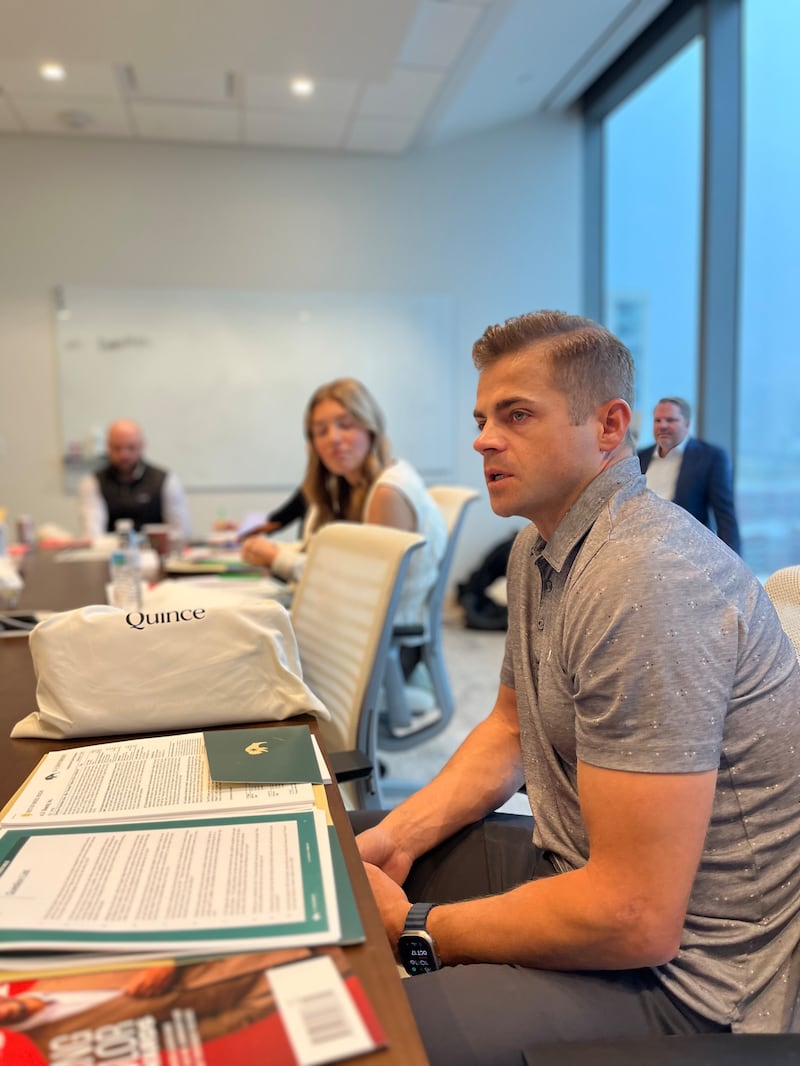
As your business has developed, what key positions have been important to help the brand scale?
Arthur Jessop | VP, Strategy | Performance Beauty Group
From my perspective, supply chain is really a big piece when you’re acquiring a small brand. … It’s a huge piece of your working capital, and it’s not glamorous. I always joke that supply chain operates like the CIA — you don’t even know about them unless something went wrong, and they don’t get any glory.
Mike Alexander | CEO | Borboleta Beauty
I think a lot of brands are started out of passion, and when you’re 5-10 years into it, you’re like, “Now what do we do?” … But if that brand had said, “Let’s hire a CFO, let’s hire all these different people,” they would have spent all their money trying to build an amazing structure and not focusing on growth. A founder can hustle in a lot of different areas, so there’s a balance. … Would you rather spend $120,000-$150,000 on a CFO, or would you rather spend that on acquiring a new customer? You don’t want to get too polished that you can’t grow, but you don’t want to grow so quickly that when it’s time to do something, you’re so messy that Beauty Industry Group or Performance Beauty Group is like, “We can’t even touch that.”
Abby Barraclough | General Counsel | Beauty Industry Group
From a buyer’s perspective, there are often businesses whose inventory or finances are so poorly managed that no matter how much you’d like to buy the company, you simply cannot. If it’s your goal to grow and then sell, there are certain things you have to have buttoned up to be able to achieve that milestone. You need to have someone in your supply chains, in your operations and on your financial side who knows what they’re doing to achieve those goals.
Sometimes, you’re looking for something that you don’t already have, whether that be subscriptions or a presence in a foreign country that you don’t want to have to figure out on your own. One of our best acquisitions was the acquisition of a similar business located in the United Kingdom. Maybe you’re trying to expand your channels instead of trying to figure that out all on your own. Find someone who’s in a similar business but has already mastered that channel.
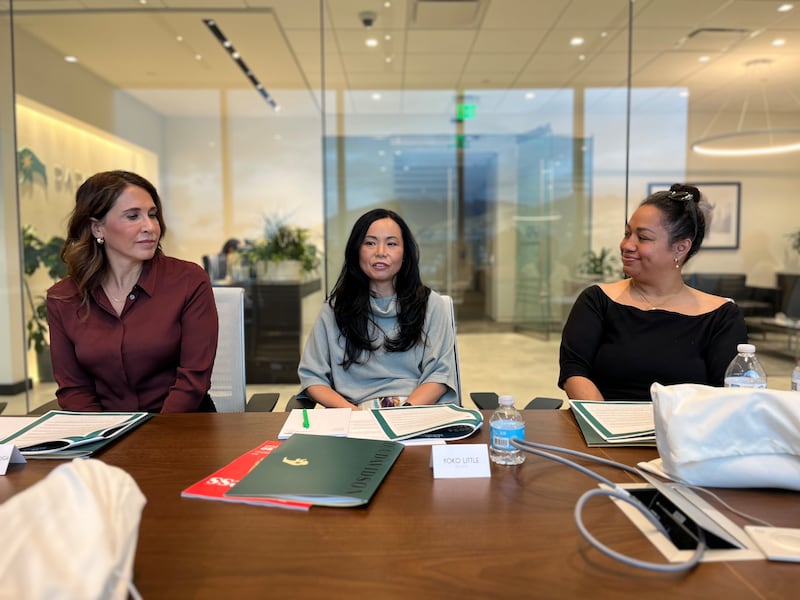
As we think ahead to 2025 and beyond, what excites you the most about the beauty industry?
Yoko Little | VP, Global Product Marketing | Nu Skin Enterprises
Nu Skin was named the No. 1 at-home beauty and wellness device brand. We’ve continued to really double down on that. During the COVID-19 era, self-care at home was huge. That’s when we really took off … and that really continues to draw the social media attention and engagement with customers. It still is the No. 1 customer acquisition tool that we have and something we will continue to build. In addition to that, new technology in the beauty category is really interesting. AI bringing in skin assessment technology, tracking, Wi-Fi engagement and enhancement around beauty devices is something we’re interested in.
Denise Cartwright | Founder & CEO | CRUDE
I’m seeing more and more people wanting to embrace natural aging. … I am seeing people choosing not to get Botox, not to get fillers. There’s this beautiful photo of Catherine O’Hara at her movie premiere, and she’s just let herself age. All the comments are like, “Oh my gosh, it’s so refreshing to see a real face and wrinkles!” I hope natural aging is a thing in 2025.
Mike Alexander | CEO | Borboleta Beauty
Reports show that [the eyelash sector] is going to continue to grow significantly, which is awesome for us as a leader in that space. I’m really interested to see how everything plays out with social shopping. There was a report that came out that said Amazon is looking at buying TikTok, and I think Amazon looks at TikTok Shop as its biggest threat. … I always say Europe is 5-10 years behind us, but China is 5-10 years ahead of us. If you look at the gamification and what they’ve done with social sharing on Taobao, Tmall and JD and all of those, it would be like if TikTok and Amazon had a baby. … I think, especially here in the U.S. market, social shopping is going to change the way the consumer learns about and buys things.

